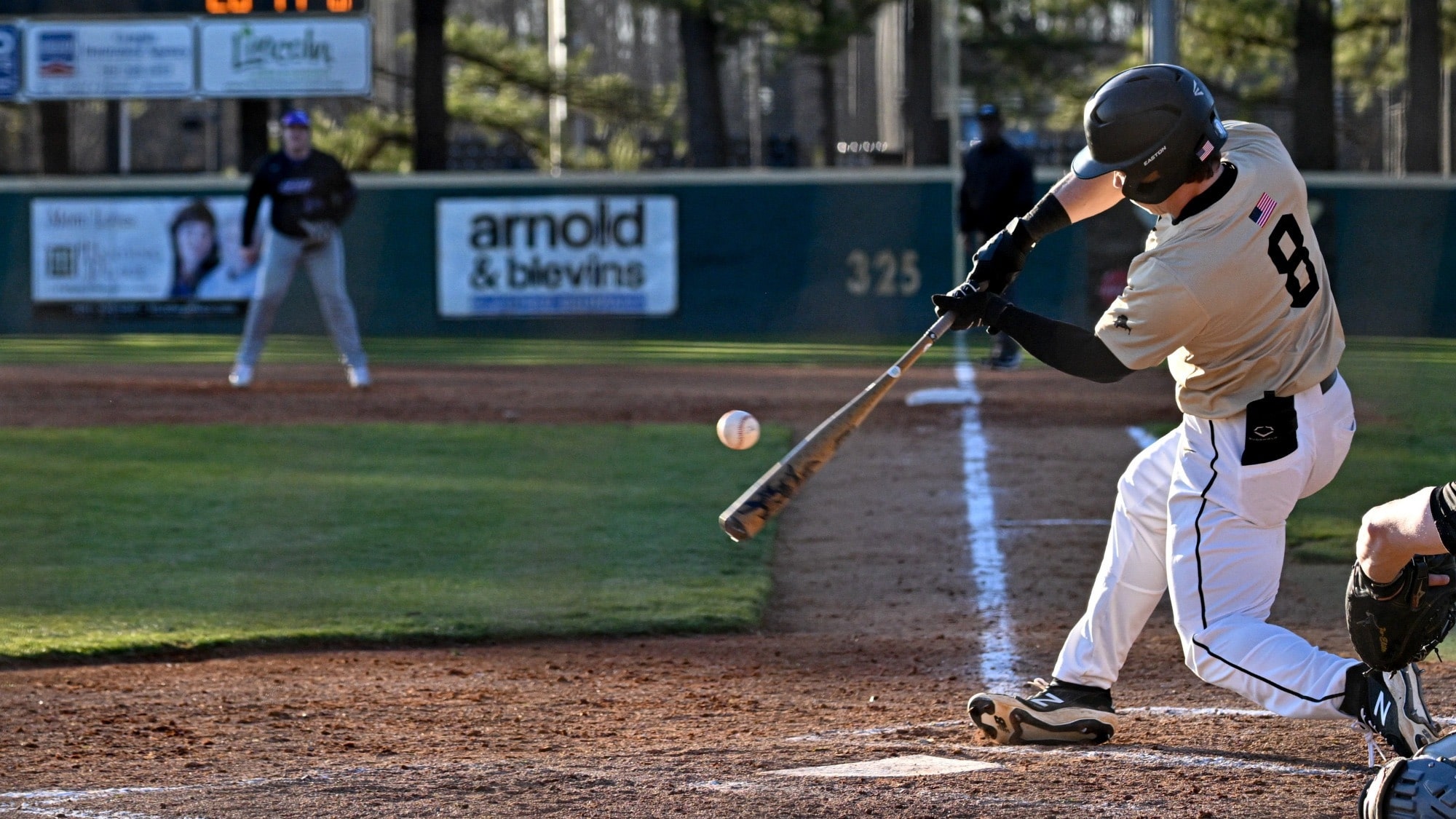Introduction:
In baseball, the pitcher’s mound stands as a sacred space, a stage where the fate of the game often unfolds. The baseball pitching mound is not merely a patch of dirt; it’s a meticulously crafted structure that plays a pivotal role in the dynamics of the game. This article delves into the art and science behind baseball pitching mounds, exploring their construction, dimensions, and impact on the performance of pitchers.
The Anatomy of a Baseball Pitching Mound:
A regulation baseball pitching mound consists of several key components, each carefully measured and constructed to adhere to official standards set by organizations like Major League Baseball (MLB). The mound is a raised area of dirt situated in the center of the pitcher’s circle, surrounded by a grassy infield. Its main features include the rubber, the slope, and the landing area.
Rubber:
- Positioned at the center of the mound, the rubber serves as the starting point for every pitch. It is a rectangular slab made of rubber or similar durable material, measuring 24 inches by 6 inches. Pitchers must have one foot on the rubber when delivering a pitch, ensuring a consistent starting point for every throw.
Slope:
- The pitching mound features a distinctive slope, designed to provide pitchers with an advantage. The front edge of the rubber is 10 inches higher than the back edge, creating a downhill slope that allows pitchers to generate more force and velocity in their throws. This slope is crucial for the game’s dynamics, impacting the pitched ball’s trajectory and speed.
Landing Area:
- The area around the pitcher’s mound, known as the landing area or pitcher’s plate, is a flat circle with a diameter of 5 feet. This is where the pitcher must land their front foot when releasing the ball. The consistency and firmness of this landing area are critical for a pitcher’s stability and control during the delivery.
Impact on Pitcher Performance:
The construction and dimensions of the pitching mound significantly influence a pitcher’s performance. Here are several key factors:
Power and Velocity:
- The downhill slope of the mound allows pitchers to use gravity to their advantage. When delivering a pitch from a higher point, pitchers can generate more power and velocity, making it challenging for batters to react quickly. This aspect of the mound’s design contributes to the excitement and competitiveness of the game.
Pitch Control:
- The landing area provides a stable foundation for pitchers to maintain control over their pitches. A well-constructed and properly maintained mound ensures that the pitcher’s plant foot lands consistently, allowing for precise control over the direction and speed of the pitch. Pitchers often cite the importance of a consistent landing area in maintaining accuracy.
Injury Prevention:
- The slope of the mound, while advantageous for generating power, also poses a risk of injury if not properly managed. Pitchers put a significant amount of strain on their legs, knees, and back when throwing from an elevated surface. As a result, mound maintenance is crucial to ensure a consistent surface that minimizes the risk of injuries caused by irregularities or uneven terrain.
Maintenance and Regulation:
To preserve the integrity of the game and ensure fair play, baseball pitching mounds undergo regular maintenance and adhere to specific regulations:
Consistent Surface:
- Groundskeepers meticulously maintain the pitcher’s mound to ensure a consistent surface. Any irregularities, such as holes or loose dirt, can impact a pitcher’s delivery and compromise the game’s fairness.
Height and Dimensions:
- Pitching mounds at various levels of play, from Little League to the Major Leagues, must adhere to specific height and dimensional regulations. This standardization ensures a level playing field and consistency in the challenges faced by pitchers and batters.
Conclusion:
The baseball pitching mound is a cornerstone of the sport, representing a delicate balance of art and science. Its construction, dimensions, and maintenance play a crucial role in shaping the dynamics of the game and influencing the performance of pitchers. As players step onto the mound, they engage in a dance with gravity, using the carefully crafted slope to their advantage. The pitching mound, with its rich history and technical significance, stands as a symbol of the precision and strategy that define the essence of baseball.






